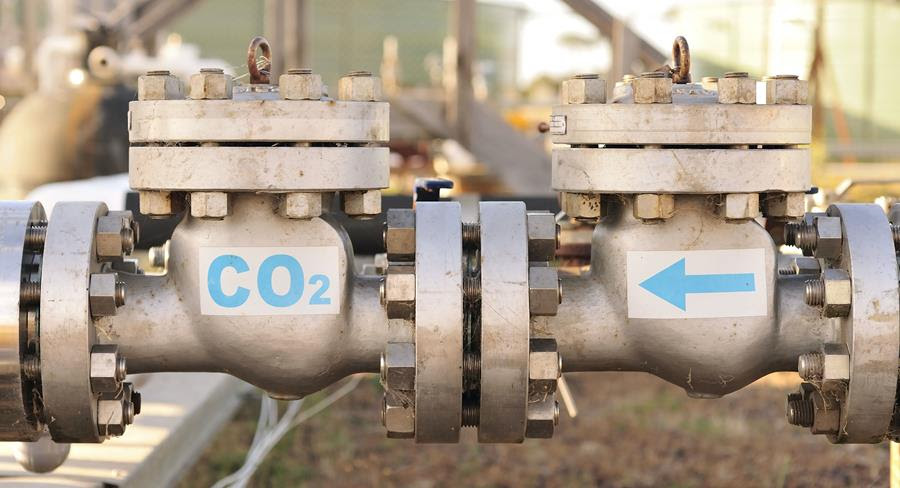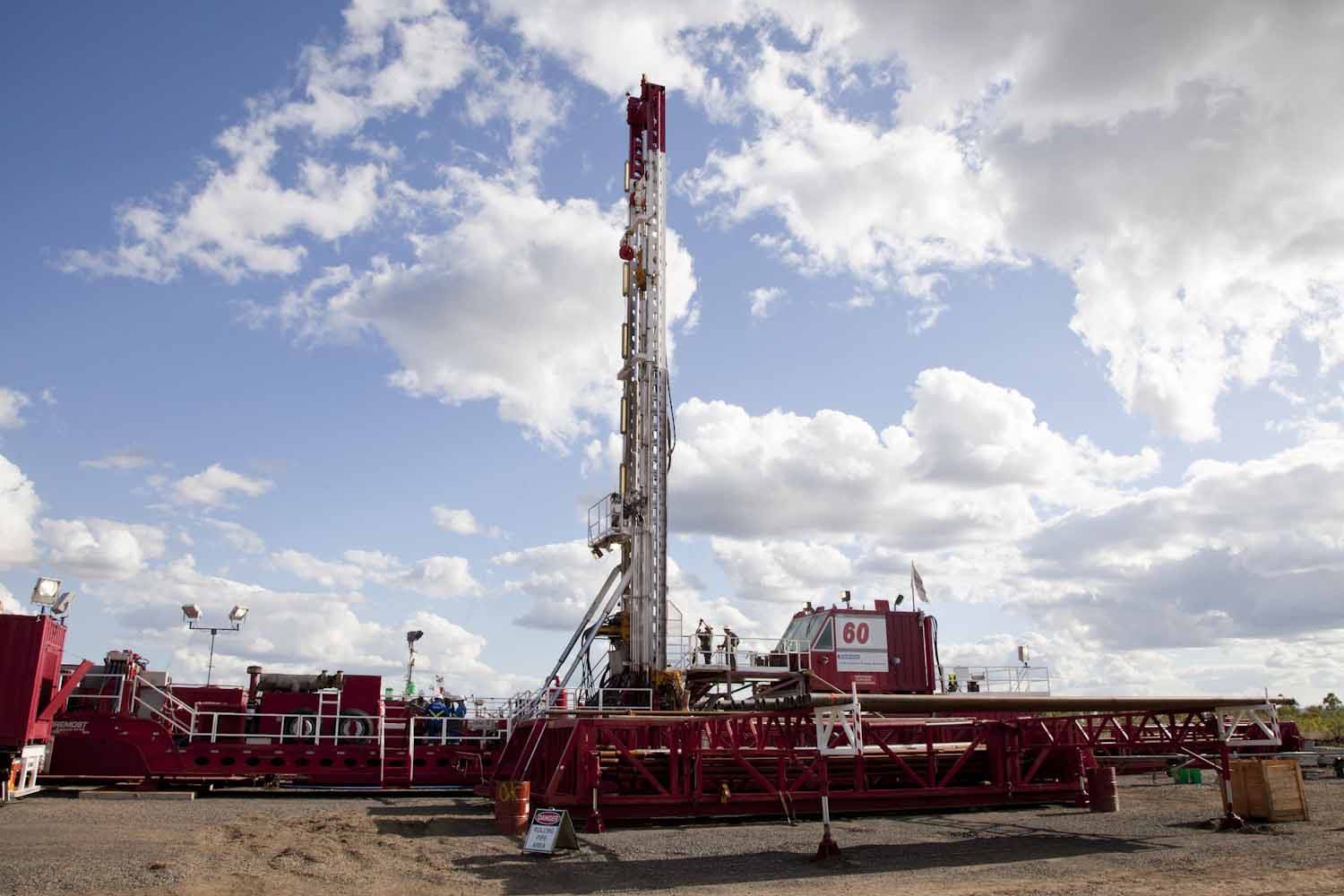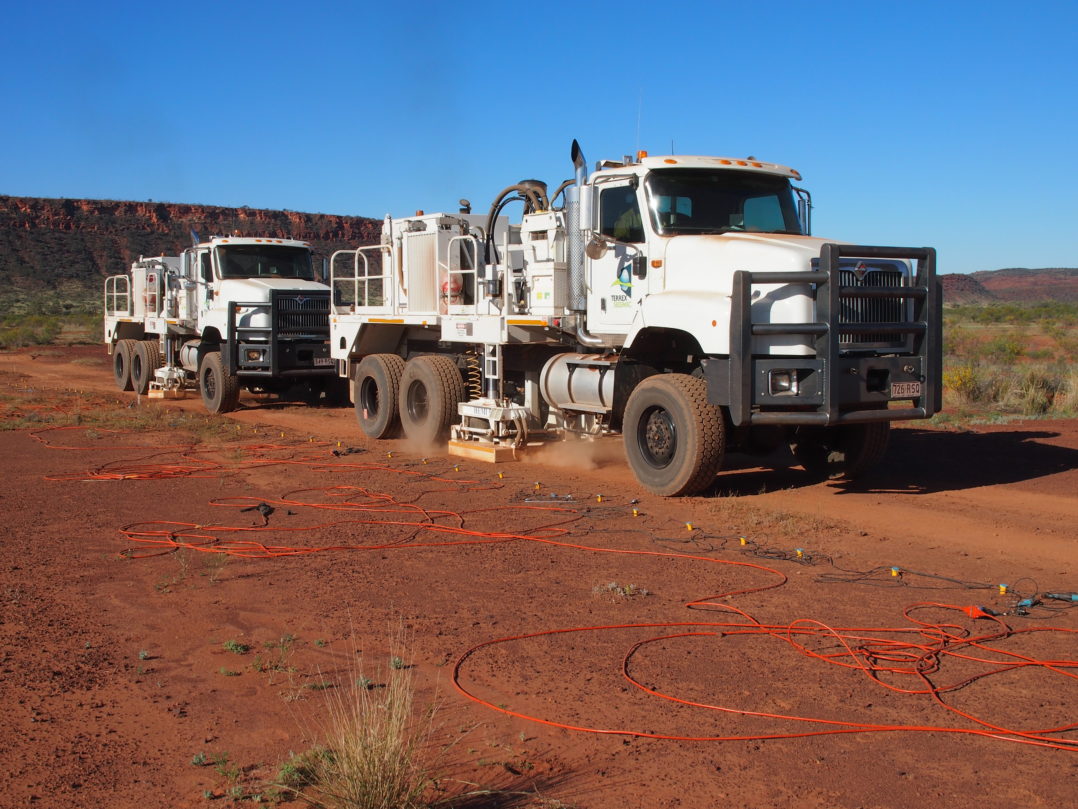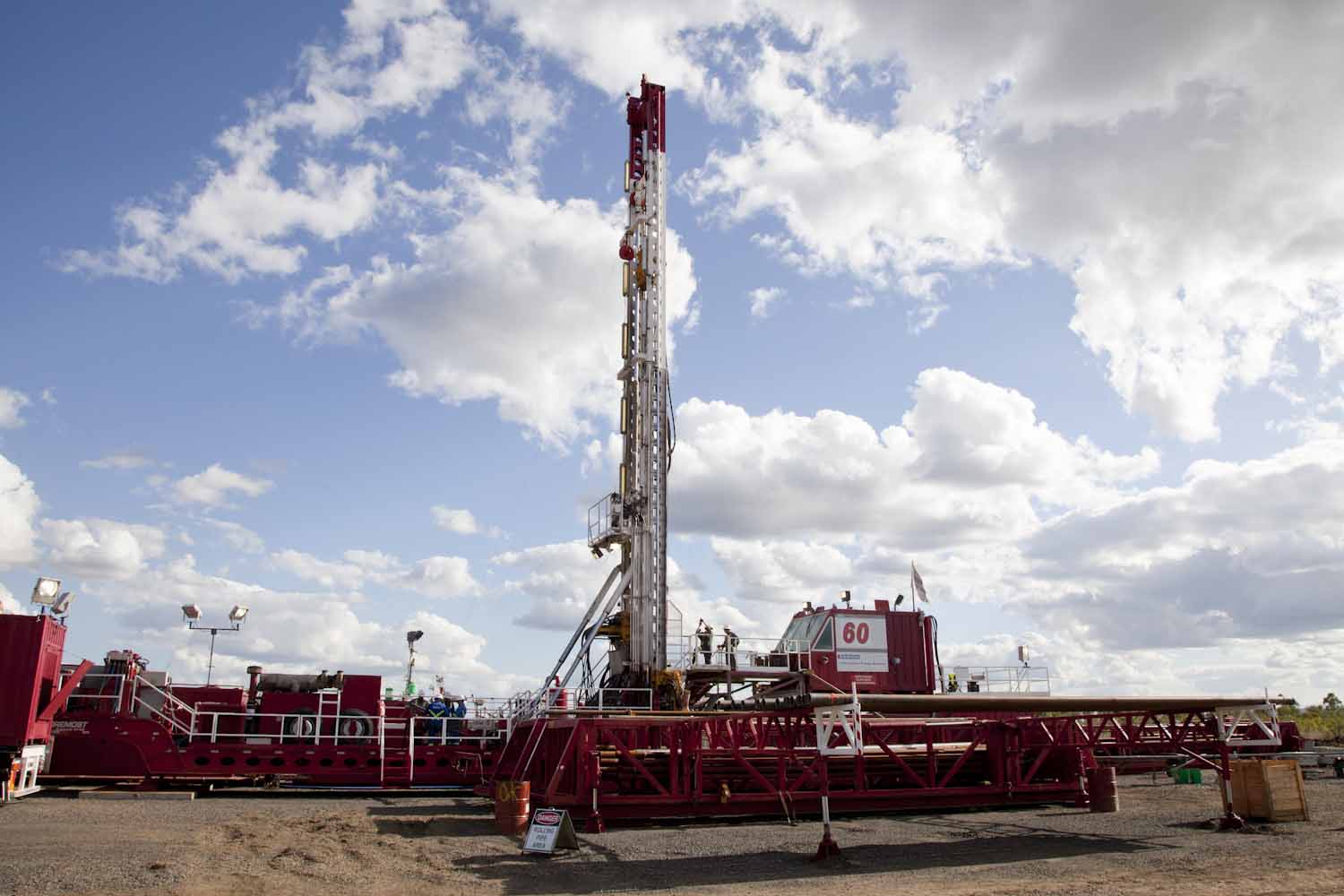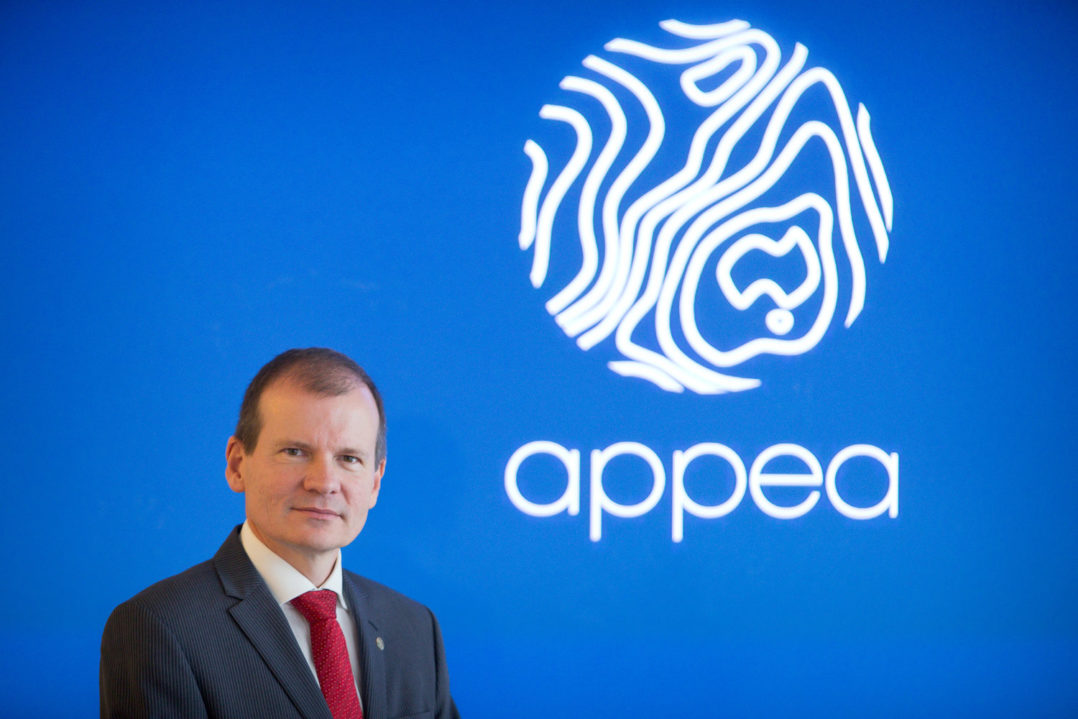National Energy Resources Australia (NERA) and CO2CRC have announced an industry-led project to reduce emissions and unlock Australia’s energy potential through long-term carbon capture, utilisation and storage solution.
NERA and CO2CRC described the initiative as “a new landmark study into carbon capture, utilisation and storage (CCUS) to assist the nation’s energy resources sector reduce CO₂ emissions while securing Australia’s energy future”.
Two-phased approach
The study is being undertaken in two phases. The first phase, led by CO2CRC in collaboration with Geosciences Australia and supported by COAL21, will rank Australian oil and gas basins for the potential use of CO₂ Enhanced Oil Recovery (CO₂-EOR). The second phase of the project will provide insight to industry and government on potential opportunities for CO₂-EOR at the field level in Australian onshore basins.
Enhanced Oil Recovery (EOR) using CO₂ is the process of increasing the volume of oil that can be recovered by injecting CO₂ into the reservoir. Natural oil production from the oil reservoirs declines over time either due to pressure depletion or water breakthrough. CO₂ injection not only helps to re-pressurise the reservoir, but the CO₂ also acts like a solvent and causes the oil to expand and flow more easily to production wells.
CO₂-EOR can increase the oil recovery by up to 25%. It also has the added benefit of permanently storing CO₂ in the underground reservoirs, providing a meaningful contribution to overall emissions reduction efforts.
The study will also evaluate and recommend a framework of policies, incentives or regulations that would help accelerate Australian adoption of CO₂-EOR for oil recovery and CO₂ storage, while assuring safe and efficient application of the technology.
Emission mission
NERA CEO Miranda Taylor said the project has the potential to help Australia meet the recommendations of the Final Report of the Expert Panel examining additional sources of low-cost abatement (the King Review) and take important steps to opening up new emissions reduction opportunities across the Australian economy.
“Australia has an opportunity to make significant reduction to its CO₂ emissions through CCUS; however, in the absence of an integrated study in Australia, the full potential for CCUS is difficult to ascertain,” Ms Taylor said.
“This project will assist in removing these barriers by examining the economic and technical feasibility and potential of using CO₂ in EOR and as a pathway to long-term CO₂ storage in Australia. NERA is pleased to support this vital study as it will promote cross-sector collaboration and knowledge transfer, supporting the competitiveness of the Australian oil and gas industry while helping Australia meets its international commitments and create a pathway for ongoing emissions reductions beyond 2030.”

CO2CRC CEO David Byers said the funding and networking support from NERA will assist Australia’s energy resources sectors in making decisions on the potential opportunities for enhanced oil recovery in Australia.
“CO₂-EOR has the potential to significantly reduce CO₂ emissions while improving Australia’s energy security by boosting oil recovery in mature basins. All of the injected volume of CO₂ will be permanently stored in underground reservoirs by the end of the operational life cycle,” Mr Byers said.
The analysis from the first phase of the project will provide Australia wide basin screening for CO₂-EOR as well as potential CO₂ sources near the basins that can be used for CO₂-EOR. Phase one of the project is expected to be completed towards the end of 2020.
The second phase will evaluate the high-level economic and technical feasibility of using CO₂-EOR to enhance the recovery of oil in Australia’s onshore oilfields (including those in the Cooper and Surat basins). It will also assess the potential for CO₂-EOR to contribute to efforts to reduce greenhouse gas emissions through permanent CO₂ storage during the CO₂-EOR process.
“Enhanced oil recovery is one of the ways CO₂ can be used and stored at an industrial scale, helping energy intensive industries significantly reduce their carbon emissions. This study complements COAL21’s other projects which are all focussed on a similar outcome, and will be an important step forward in understanding opportunities for storing carbon safely, permanently and in an economically viable way,” said Mark McCallum, CEO of COAL21.
With results from the study to be shared across Australia’s energy resources sector, its key findings can help both industry and governments make sustainable and long-term infrastructure investment decisions that meet the public’s expectations for a low carbon future.

